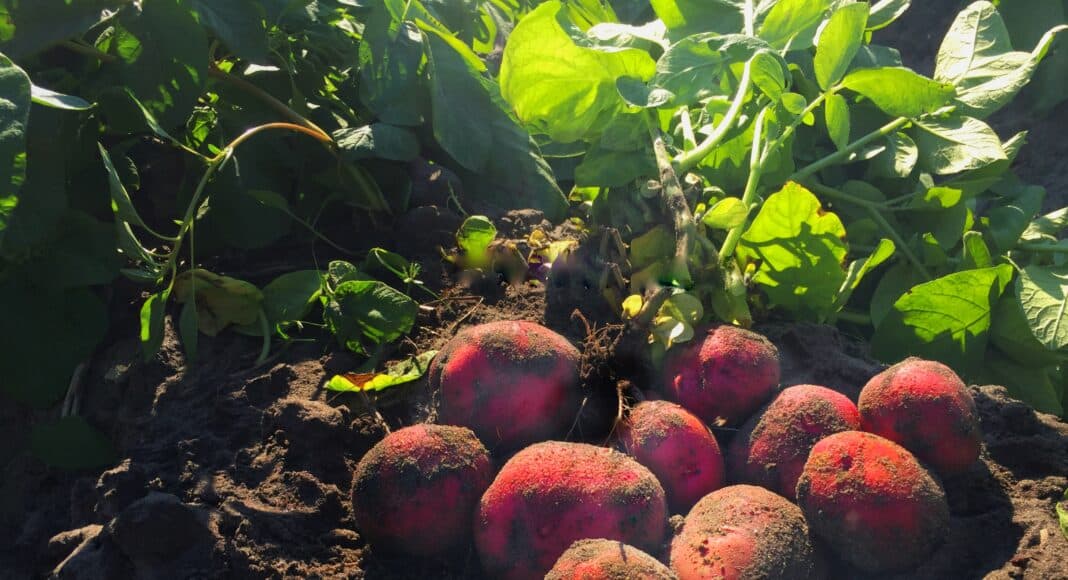Over the last couple articles, I’ve told you about Paul: a highly experienced, sustainability-focused Ontario potato producer who saw yield skyrocket when he started using chloropicrin (the active ingredient in Strike) as a soil fumigant. In the first article, I told you about how he achieved a whopping double his average yield. In the second article, I told you how he did it: that Strike is part of a whole management system rather than a stand-alone product. But there’s one more key part of the story I need to share. A couple weeks back, I happened to meet up with Paul and he admitted that – despite the incredible success he’s seen with Strike – a little voice in the back of his head still asks him if he’s actually doing the right thing for his land.
“Believe me, I’m not complaining about the yield,” he said when we sat down over coffee. “But to get these benefits today, am I sacrificing tomorrow?”
His question is among the very most common I’m asked about chloropicrin, and no wonder. In years past, soil fumigants were thought to kill without selection, destroying not just the soil pests that cause crop disease, but also the microbes critical to nutrient cycling and soil structure, fertility, and health.
Research is proving those old thoughts about chloropicrin wrong.
First, it’s selective. While chloropicrin is extremely effective against the costliest potato soil-borne diseases (including common scab, verticillium and contributors to early die complex), genetic sequencing of chloropicrin-treated soil shows treatment actually builds up the populations of favorable microorganisms. Trials in 2021 showed Trichoderma (a beneficial fungi) increased up to 100-fold after fumigation with chloropicrin; Bacillus and Pseudomonas (two important root colonizing bacteria) and saprophytes (nutrient cycling microbes) also increased dramatically.
Second, chloropicrin is part of an entire sustainability-focused system. Because it clears the soil of disease-causing pathogens and meaningfully contributes to a healthy microbial population, chloropicrin greatly increases the impact of other soil-health promotion efforts, especially cover cropping. For that reason, a system that has both cover cropping and chloropicrin together is far and away more sustainable and soil health-promoting than conventional agriculture.
I get it: the very word ‘fumigant’ has such a bad reputation that it’s hard to believe that a fumigant could be good for the health of your soil and the sustainability of your farming operation. But just wait another handful of years until chloropicrin’s impact is more widely adopted: farmers across the country will be enjoying healthier soil and major yield gains… guilt-free.
Related Articles
Ontario Potato Farmer Notches 100% Yield Increase
As Promised Here’s How Paul Doubled His Yield
Soil Fumigation Treatment Zones — What You Don’t Know Could be Stealing from Your Investment








